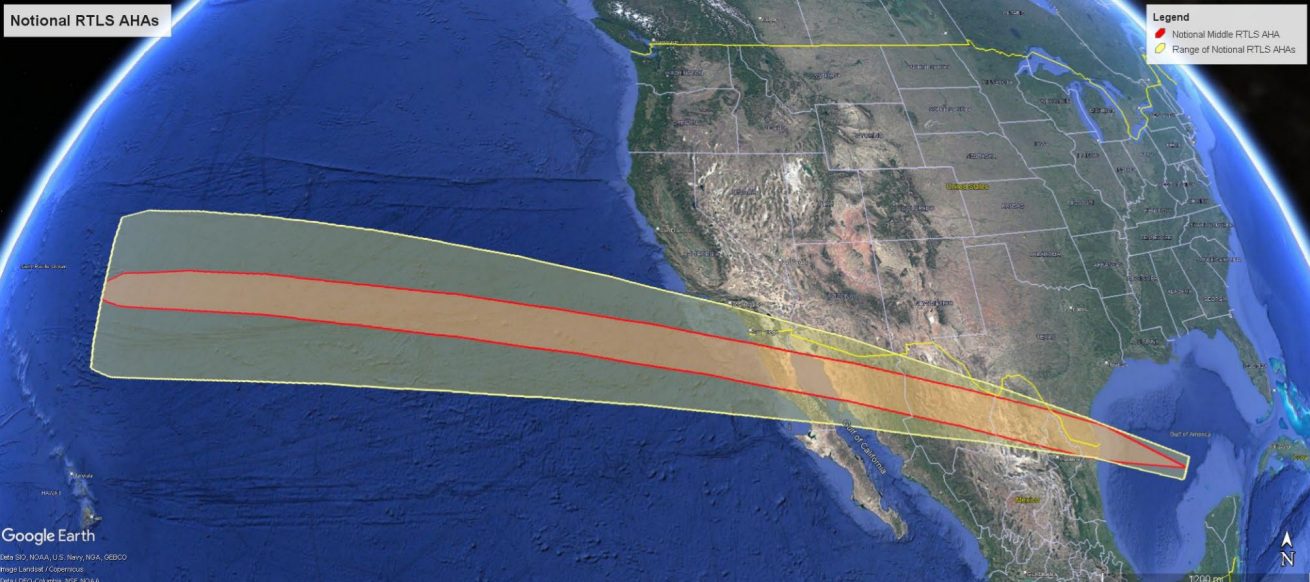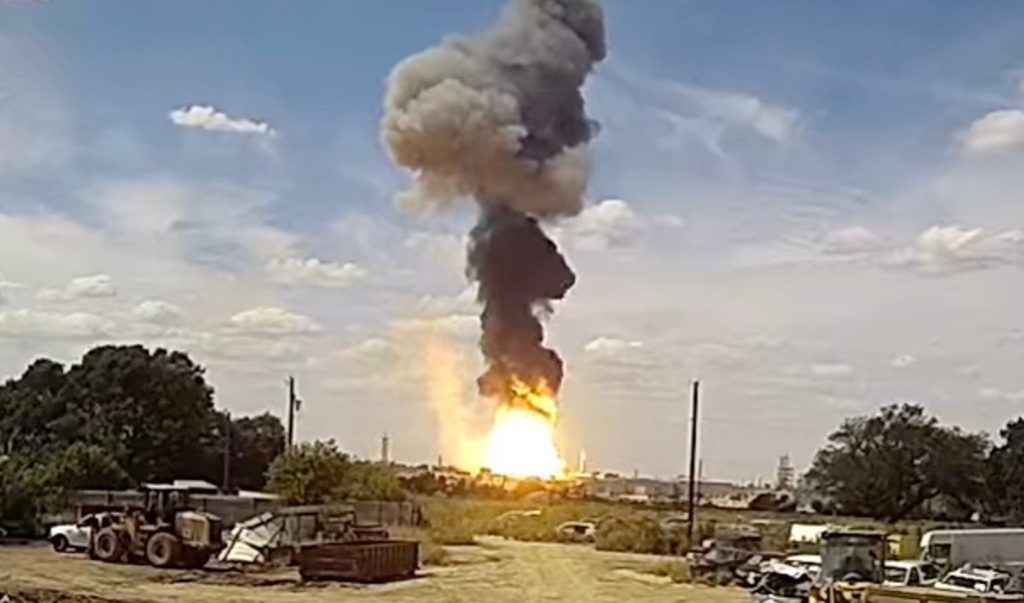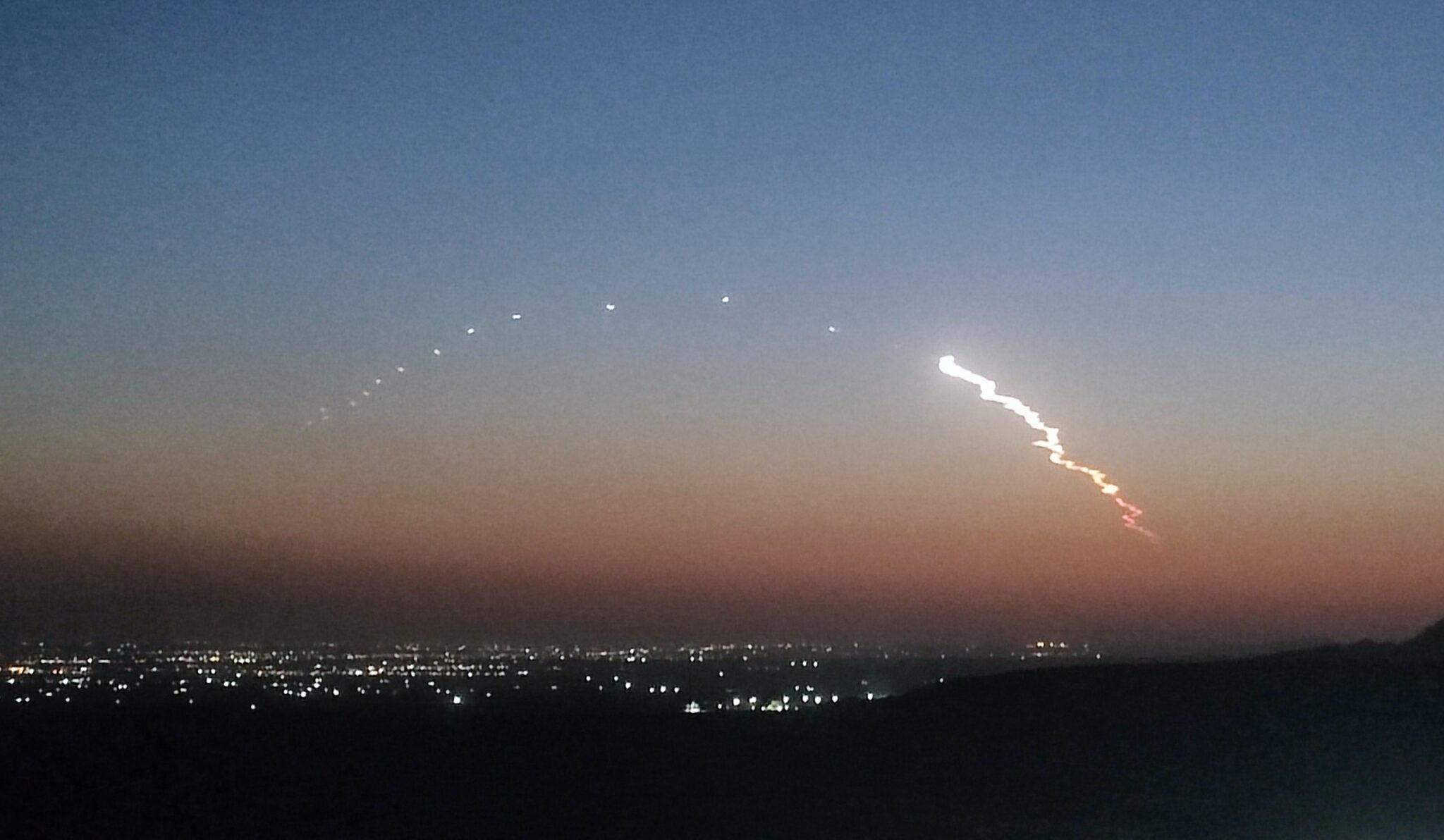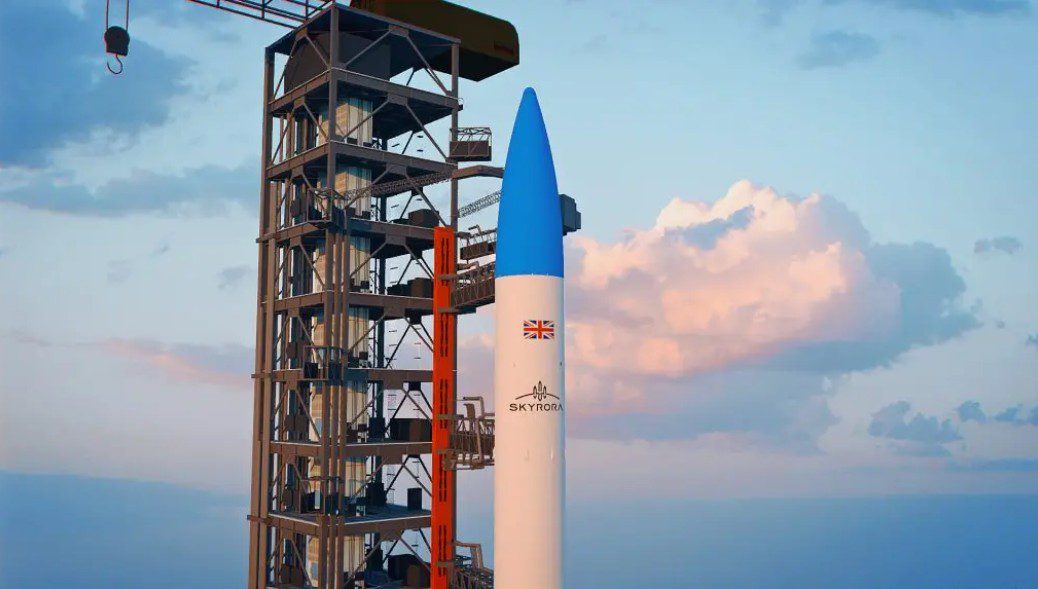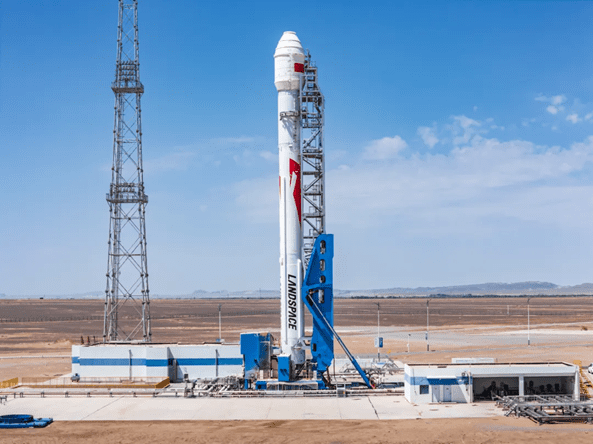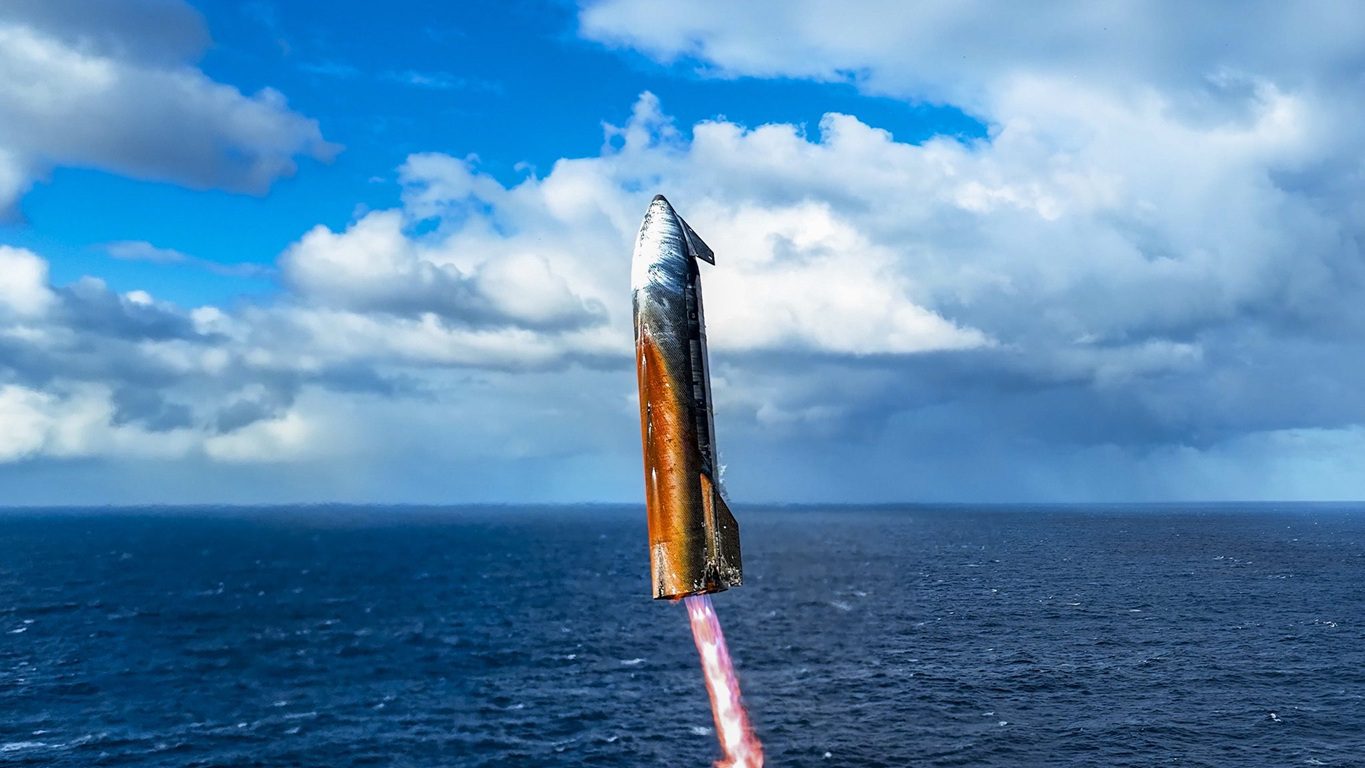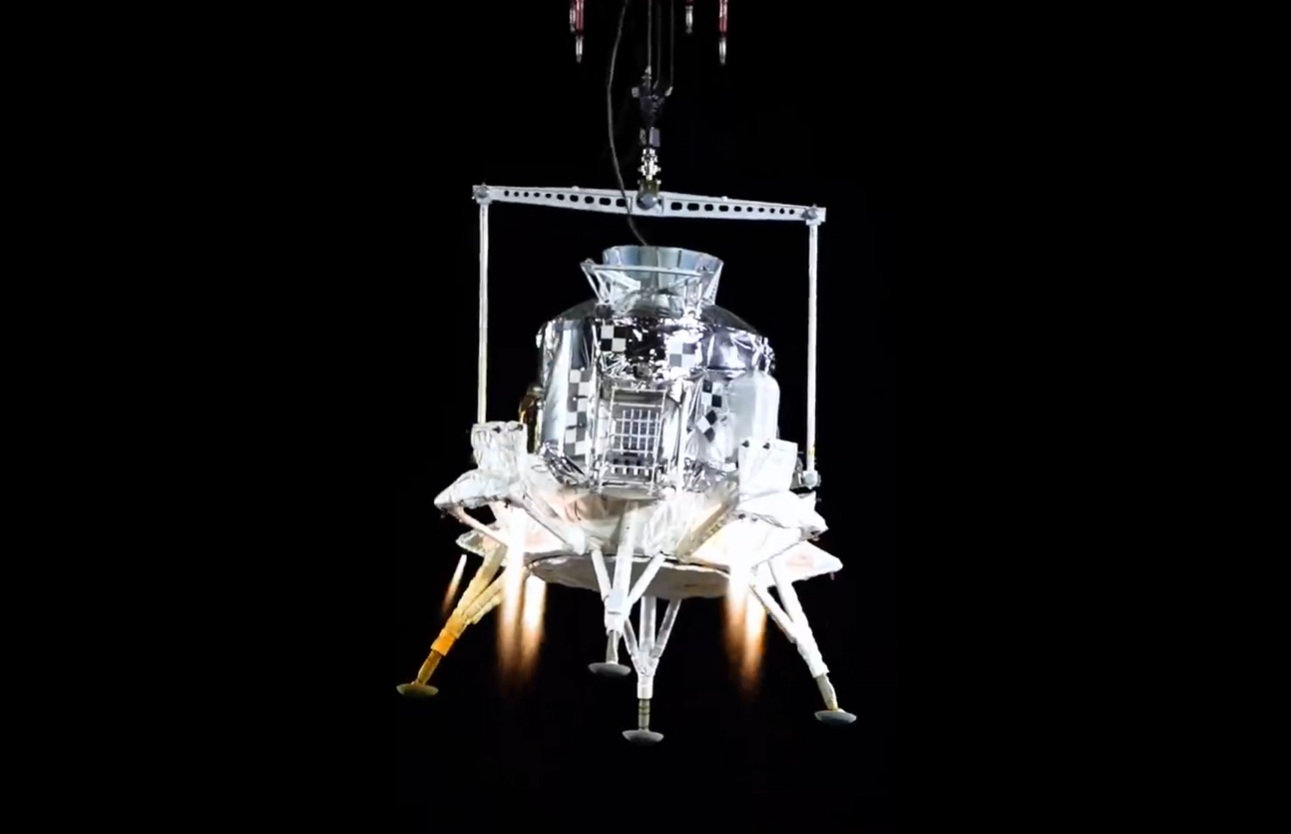While other analysts have suggested it will last in orbit until April, Seradata’s analysis is that Chinese mini-space station Tiangong 1 is likely to re-enter with debris hitting Earth probably within a week. The space station’s current perigee (low point of its orbit) is circa 218km. The recent re-entry time of the Grace 1 spacecraft from approximately this perigee to its re-entry on 10 March took just over seven days. If we assume that the atmospheric and solar conditions remain the same (atmospheric density changes with solar weather) and while Tiangong 1 will have more kinetic energy and momentum via its greater mass, the cross sectional area of the Tiangong 1 is about five times as large as Grace 1 and therefore it should have a larger aerodynamic drag braking effect causing it to re-enter faster. Therefore, we can predict a time of less than seven days from the time of posting this article for re-entry to take place: our prediction for the re-entry date is thus 25-26 March.
Update on 27 March 2018: It looks like the other more expert re-entry analysts were right and we (well actually this writer) was wrong. The spacecraft is still in orbit though its perigee is falling fast – just not fast enough for the Seradata prediction to come true. Looks like an early April re-entry will be correct.
Update on 2 April 2018: China’s space station Tiangong-1 has made its uncontrolled re-entry over Pacific between Samoa and Tonga at circa 0016 GMT on 2 April.
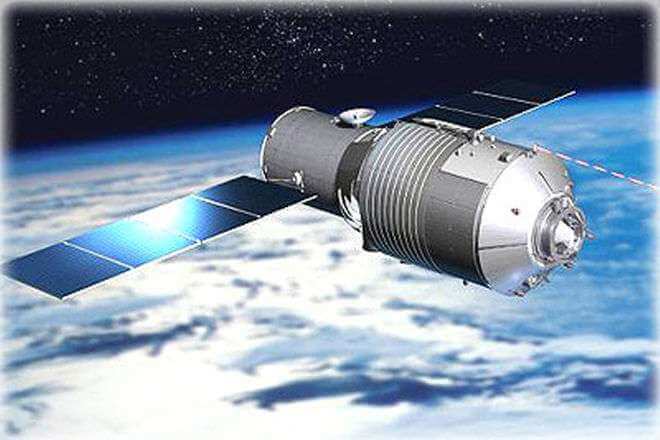
Illustration showing Tiangong-1 Courtesy: China Manned Space Engineering
At over 8 metric tons, Tiangong-1 space station is large enough for some pieces to survive re-entry and reach the ground – especially those elements made of stainless steel and/or titanium in re-entry survival-benign curved shapes such as tanks. For those with a fear of falling space stations, while the exact location of such a strike cannot be predicted – this being an uncontrolled re-entry – given that the world’s land mass is 70% ocean, the chance of being struck by a piece is very very low. The spacecraft’s orbital track between circa 43 degrees North and South given its orbital inclination would take it over parts of Southern Europe, Southern Asia and USA in the Northern Hemisphere, but relatively little major land mass in the Southern hemisphere. That said Australia, South America and Southern Africa is under the “southern” flight path.
Mentioning Australia reminds us is that space station land strikes can take place. Due to increased solar activity during 1978-1979, the much larger US space station SKYLAB which had ten times the mass of Tiangong-1, re-entered the Earth’s atmosphere earlier than expected in July 1979, before a space shuttle carried boost stage could be sent up to push SKYLAB into a higher Earth orbit. Despite attempts by controllers to use attitude control manoeuvres to control the re-entry, SKYLAB crashed into the Southern Hemisphere with parts of the Space Station crashing into Australia causing minor third party damage. A fine of Aus$400 was claimed by the town of Esperance from the U.S. State Department for littering which they ignored paying despite the fact that under international law, the liability for such damage lies with the launching state. The fine was eventually paid in April 2009 when radio show host Scott Barley of Highway Radio raised the funds from his morning show listeners to pay the fine on behalf of NASA.
Sadly, this was not the only third party pay-out NASA has faced due to a re-entry strike. When the STS-107 Columbia space shuttle orbiter broke up during its re-entry after its internal structure failed due to its launch-damaged thermal protection, several pieces of it struck the ground. Apart from the insurance payments made to the families of the killed astronauts, some 66 other claims were made against NASA for third party damage caused by falling debris as the result of re-entry failure/launch induced destruction including loss of cattle and a damaged glass covered table. The grand total of these third party damage claims was less than US$500,000.
The last re-entry of a major space station was that of Mir in March 2001. That was a controlled re-entry with the body and module parts landing safely in the Pacific. That said, the Russians were wise enough to have an insurance loss adjuster – Seradata space team’s old alma mater Airclaims – appointed just in case.


